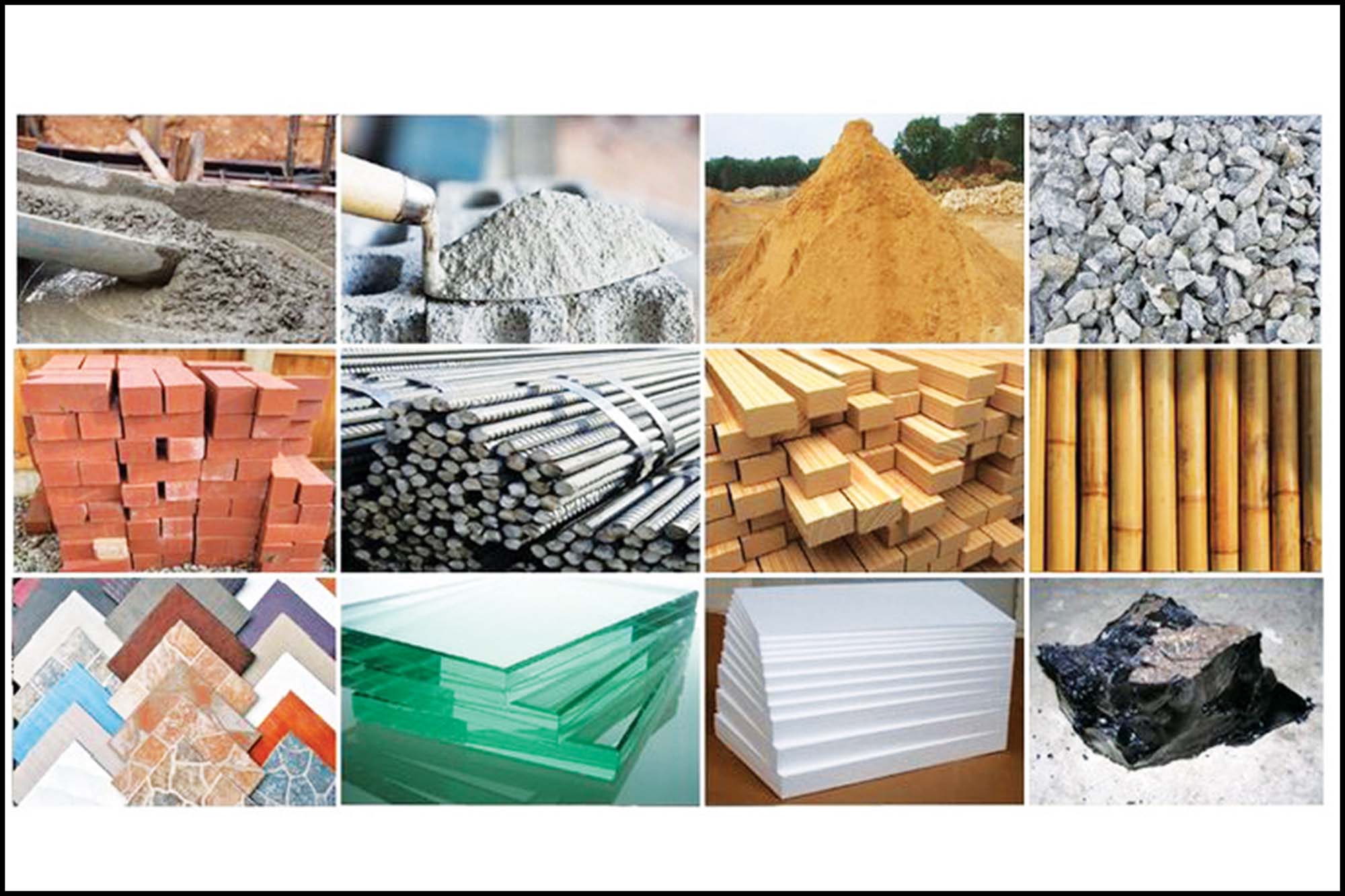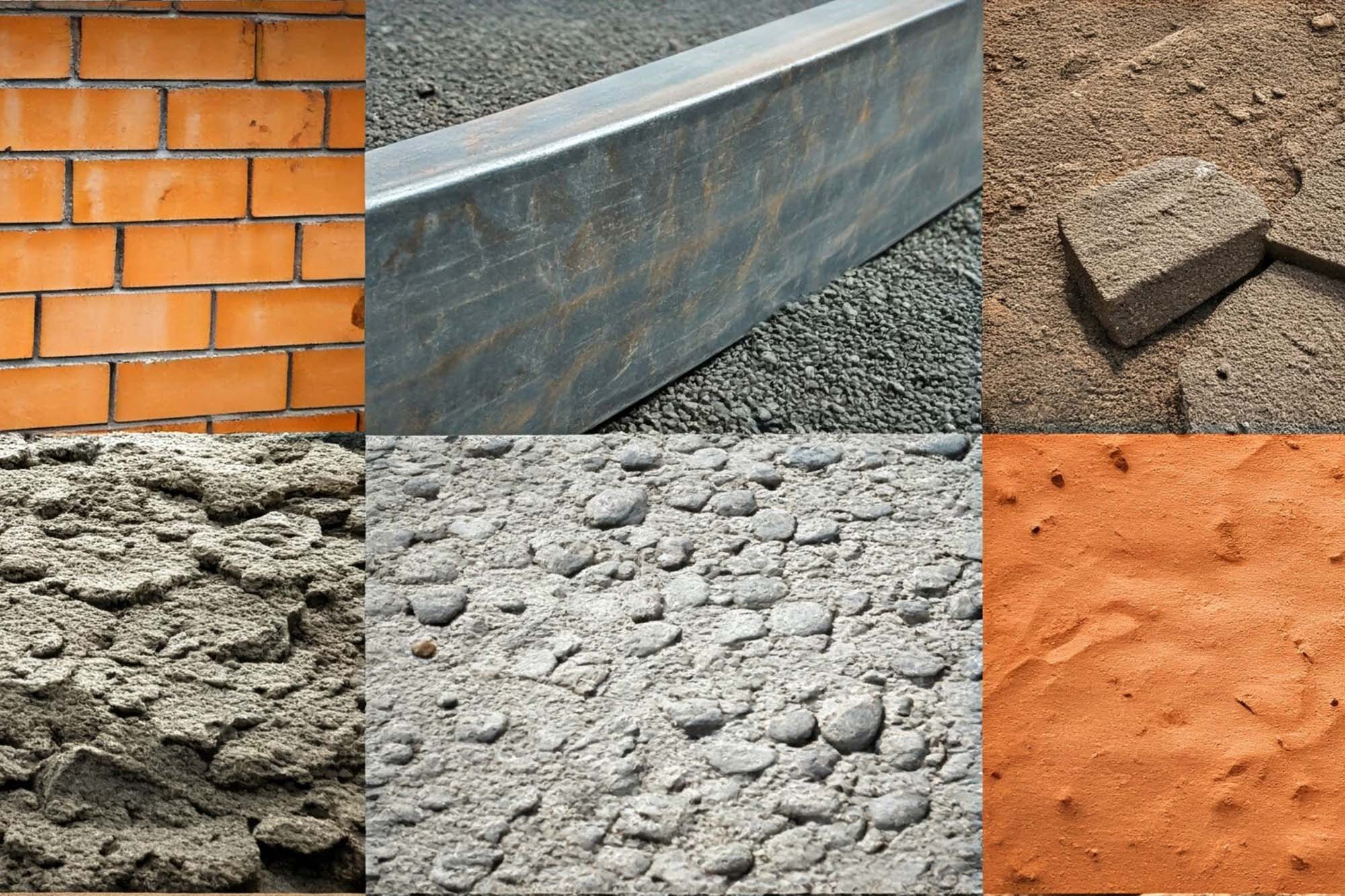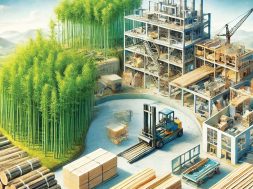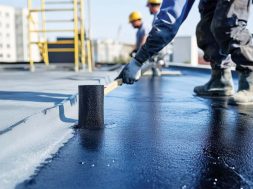Materials redefining sustainable construction

“This story discusses the advancements in sustainable building materials and how they are reshaping the construction landscape in India. It explores the advantages of using recycled building materials and how integrating them into construction aligns with circular economy principles. The story also discusses how Building Information Modelling (BIM) can be successfully used in sustainable material selection and building designs.”
The construction industry is a major contributor to pollution, wastage, and depletion of natural resources, so the need for sustainable building materials has surged in the last decade. There is also a pressing need to increase awareness among the various stakeholders about these materials and the long-term benefits that they offer in terms of energy efficiency, structural integrity, and occupant comfort.
Advantages
Bamboo is a renewable material that is desired worldwide because of its fast growth and minimal environmental impact. It can be used in a variety of applications, such as flooring, scaffolding, and structural elements. Rammed earth and cob construction are energy-efficient, low-carbon alternatives for walls and foundations. Hempcrete is gaining preference for its carbon-negative, insulating properties. Cork, sheep wool, and cellulose offer eco-friendly insulation options. Green roofs and living walls help regulate temperature and improve air quality.
Modular and prefabricated building components are made from construction waste and align with circular economy principles. Materials like graphene-reinforced concrete and phase-changing materials offer superior thermal control properties. Several new glass products adjust their transparency based on temperature, light, and electricity, optimising natural lighting and heat without overburdening energy systems.

Integrating sustainable building materials in construction practice
According to Ar. Udeet Methela, Managing Director, Building Energy India, architects should consider life cycle assessment, local sourcing, and design compatibility before integrating sustainable building materials into their projects. Using these materials only in designs that align with international sustainability benchmarks like LEED, GRIHA, and IGBC is also important. For maximum utilisation of these materials in construction, collaborating with manufacturers and educating all stakeholders on the benefits is necessary. Udeet advocates for a holistic approach towards sustainability, recommending that the services of architects and builders should extend beyond material selection and include thermal comfort analysis, embodied energy assessments, and carbon footprint reductions.
Dinesh Chandra Pandey, Founder of Shankar Fenestrations & Glasses, emphasises using low-carbon aluminium frames, recyclable components, and energy-efficient glass. Dinesh also outlines the best practices for efficiently using sustainable building materials. Using cutting-edge technologies like double-glazed and solar-controlled glass for energy efficiency, procuring locally to reduce transportation emissions, and following green building guidelines are highly recommended. Prioritising recyclable materials promotes sustainability in the long run.
BIM and sustainable material selection
Building Information Modeling (BIM) can be used to evaluate different materials’ embodied energy and global warming potential. The data suggests materials with a lesser ecological footprint may be chosen. According to Dinesh, BIM enables architects to create vivid three-dimensional models that integrate various building components, including glass, and simulate performance under different environmental conditions. BIM enables architects and builders to assess the energy efficiency of glass products such as low-emissivity (Low-E) glass, double-glazed windows, and solar glass within the context of a building’s overall design. Similarly, it enables the selection of glass types based on factors like solar heat gain, daylighting, and insulation properties. BIM can also be used to select the right recycled glass product with the least environmental impact.
BIM can be used to simulate energy and assess material life cycle costs. This will help optimise designs for minimal material waste and efficient assembly, opines Ar. Udeet. Clash detection data from BIM can minimise material mismatches during construction.

Challenges in adopting sustainable building materials in India
In India, adopting sustainable building materials faces several challenges due to their higher upfront costs than conventional materials. This makes procurement and usage difficult. Additionally, architects, consultants, and clients often lack familiarity with these materials’ applications and long-term benefits, leading to resistance. Niche materials are often not readily available and, when they are, may suffer from quality issues. Quality control is another concern, as sustainable materials do not always meet consistent standards, necessitating rigorous testing and certification processes. Furthermore, India’s building codes are still evolving and are not yet fully equipped to accommodate these materials efficiently.
Addressing these challenges requires a multifaceted approach. Local sourcing emerges as a key strategy, as it supports the local economy, reduces transportation costs, and minimises emissions. Updating building codes to include regulations for sustainable materials, educating stakeholders about their benefits, and encouraging their adoption are essential steps. Governments and industry bodies need to invest in research and development to make sustainable materials more accessible and affordable, notes Dinesh. Initial costs can be mitigated through incentives and subsidies. Udeet suggests that promoting bulk procurement, forming partnerships with suppliers, and developing local manufacturing capabilities can help reduce costs and ensure a consistent supply of these materials.
Cookie Consent
We use cookies to personalize your experience. By continuing to visit this website you agree to our Terms & Conditions, Privacy Policy and Cookie Policy.










